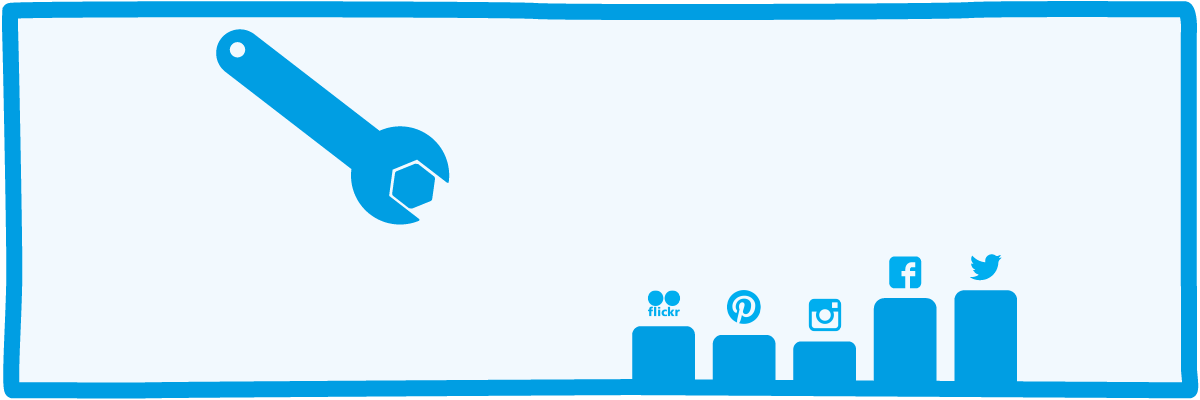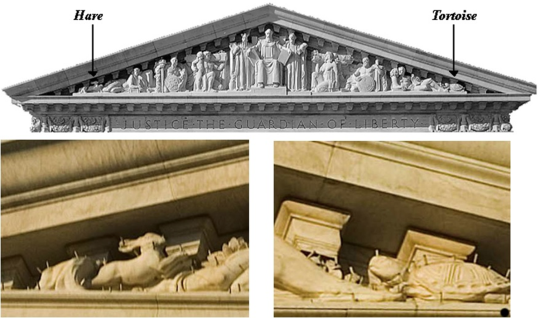Despite several public backlashes in recent times, Facebook remains to be the world's largest social media platform, with an astounding 2.38 BILLION monthly active users as of 2019.
With that many eyes on Facebook, the advertising opportunities make the platform one of the biggest shop windows in the world. Using Facebook for paid advertising is not only highly targetable, but is also a cost effective and trackable method to get users onto your website.
Haven’t used Facebook ads as part of your school marketing before? No problem! Let’s start with the what and why...
What is a Facebook ad?
-
Posts that a business has paid Facebook to show to a targeted user based on information provided by a user’s Facebook account.
-
A user could be targeted for a number of reasons. It could be age, gender, location, and even interests.
Why should my school pay for advertising on Facebook when I can post on my page for free?
-
Posting organically (non-paid) is limited to the people that already know about you and their friends. Paid advertising allows you to reach a significant amount of new people, that are targeted specifically by their demographics and interests.
-
Advertising on Facebook doesn’t have to cost an arm and a leg. It is a much more cost-effective marketing channel than more traditional approaches. Bare in mind a higher budget will result in higher click-through rates to your website, but a budget of £250-£300 for a four week campaign can be successful.
What could my school advertise on Facebook?
-
Open days and events
-
Public events
-
Staff Vacancies
-
Overall awareness campaign of your school
Let’s get started with creating a great Facebook ad campaign in five steps! This example is running a campaign for an Open Day:
1. Optimise your website for the campaign
Before setting up an ad, there’s a little bit of ground work to optimise your website for the campaign. Humans are naturally impatient and will leave the website if they can’t find what they’re looking for, so ensure the landing page is highly engaging with clear information and calls to action.
Use the calendar for event itineraries and booking forms. Any booking forms should be as simple as possible, embedded onto your website and redirect to a thankyou page on submission to make completions trackable.
E.g. www.yourschoolwebsite.com/open-day/thank-you










